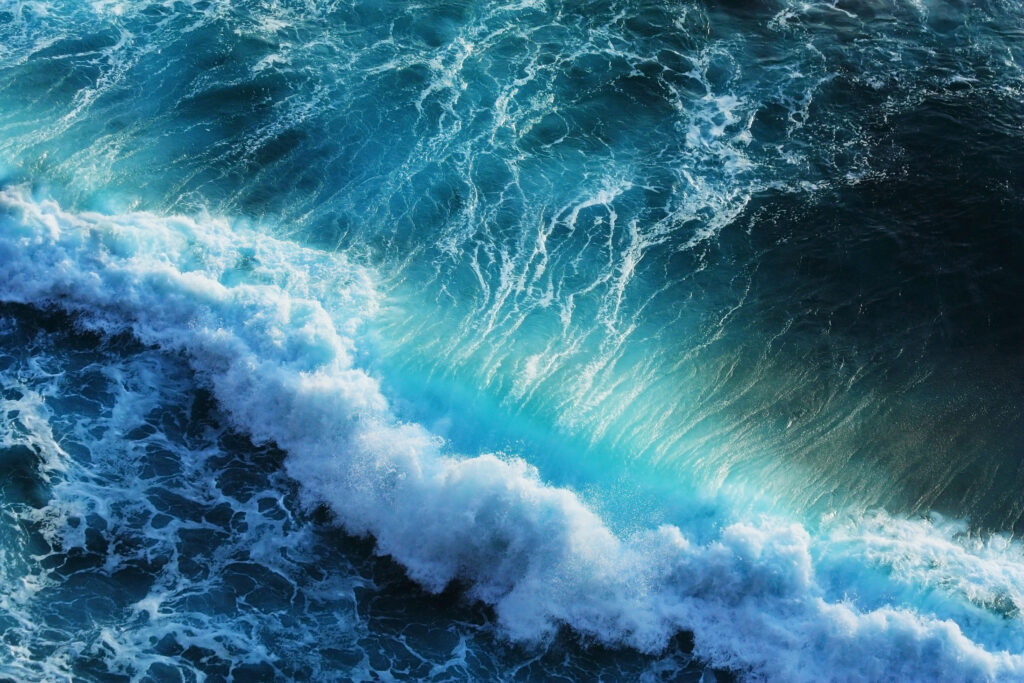
In a recent interview to TG LEONARDO, researcher Fabio Matano, who works at the Naples headquarters of the Institute of Marine Sciences of the National Research Council (ISMAR-CNR), gave an overview of the state of health of Italian coasts. In particular, he highlighted the most recent data provided by the Italian Institute for Environmental Protection and Research (ISPRA), showing that our coasts are suffering from evident erosion and landslide issues.
Italy has approximately 8,179 km of coasts, divided into high, low and anthropized coasts. Along the kilometres of low coast (57.5 % of the total), although the length of the areas suffering from recession is shorter than that of the advancing areas, the surface eroded by the sea covers an area of approximately 1.5 km2. The most affected regions are Basilicata, Sicily and Sardinia. At the same time, along the kilometres of high coast (32.5 % of the total), 4135 landslides were recorded in 2020 alone, which affected Liguria, Marche, Abruzzo, Campania, Calabria, Sicily and Sardinia.
Although coasts are highly dynamic physical environments that are affected by both marine and terrestrial processes, these instabilities are amplified by ongoing climate change and contribute to cliff front recession.
Global warming has also caused the average global sea level to rise by 20 ± 5 cm between 1901 and 2018, with increasing rates over the last two decades. This rise, which is bound to increase further in the coming years (from 30 to 80 cm in 2100), is having a further negative impact on the increase in erosion and coastal landslides. The intensity of storm surges could further increase, severely impacting the flat regions along the continental and island coasts.
The most recent data published by the European Environment Agency (EEA) show that approximately 30 % of the European Mediterranean coasts are currently suffering from erosion.
Although in Italy almost 75% of the 1,291 km of coast covered by hard defense structures is today equipped with effective protective works, it is necessary to strongly focus on coastal erosion processes and to study deeper and in a more interdisciplinary way the processes of coastal evolution in order to be ready to adapt to new scenarios caused by climate change-related phenomena.

